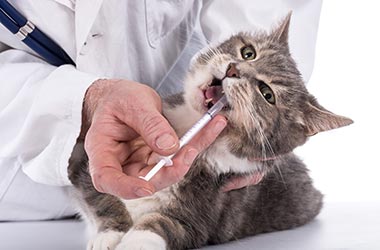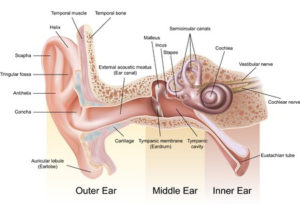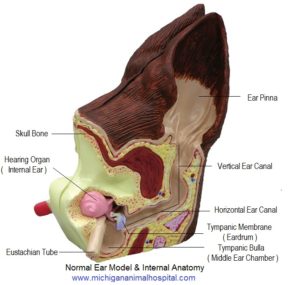
When it comes to medication, humans sometimes have special needs. These needs often can’t be treated effectively with mass-produced pharmaceuticals. Our pets are the same. They have health issues very like our own. Allergies, skin problems, joint pain, kidney disease, and thyroid imbalances are the tip of the iceberg.
One of the big problems with treating these issues is that a dog, cat, or bird is not going to take kindly to a pill or suppository. Try approaching your parakeet with a little pill cup and cup of water. It just doesn’t work. And we all grow tired of crushing pills to hide them in their daily meals. Compounding can help with this issue and others by
- creating custom dosage levels for animals of various sizes,
- using flavors like tuna for cats,
- concentrating liquids to distribute in a small amount for birds,
- creating a medication discontinued by a manufacturer, or
- using alternate ingredients when allergies exist.
One example of a commonly compounded medication is used for canine ear infections.
The Recurrent Canine Ear Infection
If you have a dog, you may be familiar with this stance and that head shake that keeps you up all night. For which you’ve had to make the trip to your vet, where they order some ear drops that you put in a few times a day for 7-14 days, and in a month or so it comes back! We may have a solution for you.
Here’s a little background on canine ears:
A swollen ear canal (otitis externa) is the third leading cause of vet visits for dogs. This inflammation can be caused by many things- allergies, parasites, infections, hormonal imbalances and much more. No matter what the cause is, the traditional treatment regimen involves multiple drops into the ear(s), multiple times per day. This can be difficult since it can be hard to determine how many drops you have put into the ear. Also, if you have a longer haired dog their ears can get very greasy.
But there is also another problem that you may be unaware of: the anatomy of your dog’s ear. The diagram below shows the difference between the human ear and canine ear. As you can see, the human ear has a straight path directly to the tympanic membrane whereas the canine ear has a vertical and horizontal canal. Since dogs have this “L” shape to their canals, moisture can settle in the horizontal canal making them more prone to infection. Also getting the medication to where it needs to go can be difficult.
|
Human Ear |
Canine Ear |
 |
 |
We have a solution (no pun intended). A product called Poloxamer Otic Gel will help get the medication into both portions of the ear, and it only needs to be administered once a week by your vet! Since this medication is fluid at cold temperatures (syringe store in the fridge or placed in a glass of ice water), it can flow down through the vertical canal and into the horizontal canal. Once it gets warm (to your dog’s body temperature) it turns to a gel, therefore stays in place. NO MORE DROPS. NO MORE GREASY EARS.
Formulas usually include multiple medications in one; an antibiotic, antifungal and a steroid (anti-inflammatory).
Requesting Veterinary Compounds
Veterinary compounds require prescriptions. Have your vet call the prescription into our pharmacy. We will contact you to set up pick up or free delivery via USPS. Since compounds are created at the time they are ordered, it can take up to two business days until they are ready. If the medication needs to be administered by the vet, you will need to schedule an appointment to have your vet administer the medication.
If you or your veterinarian have further questions please call us at (207) 899-0886.




